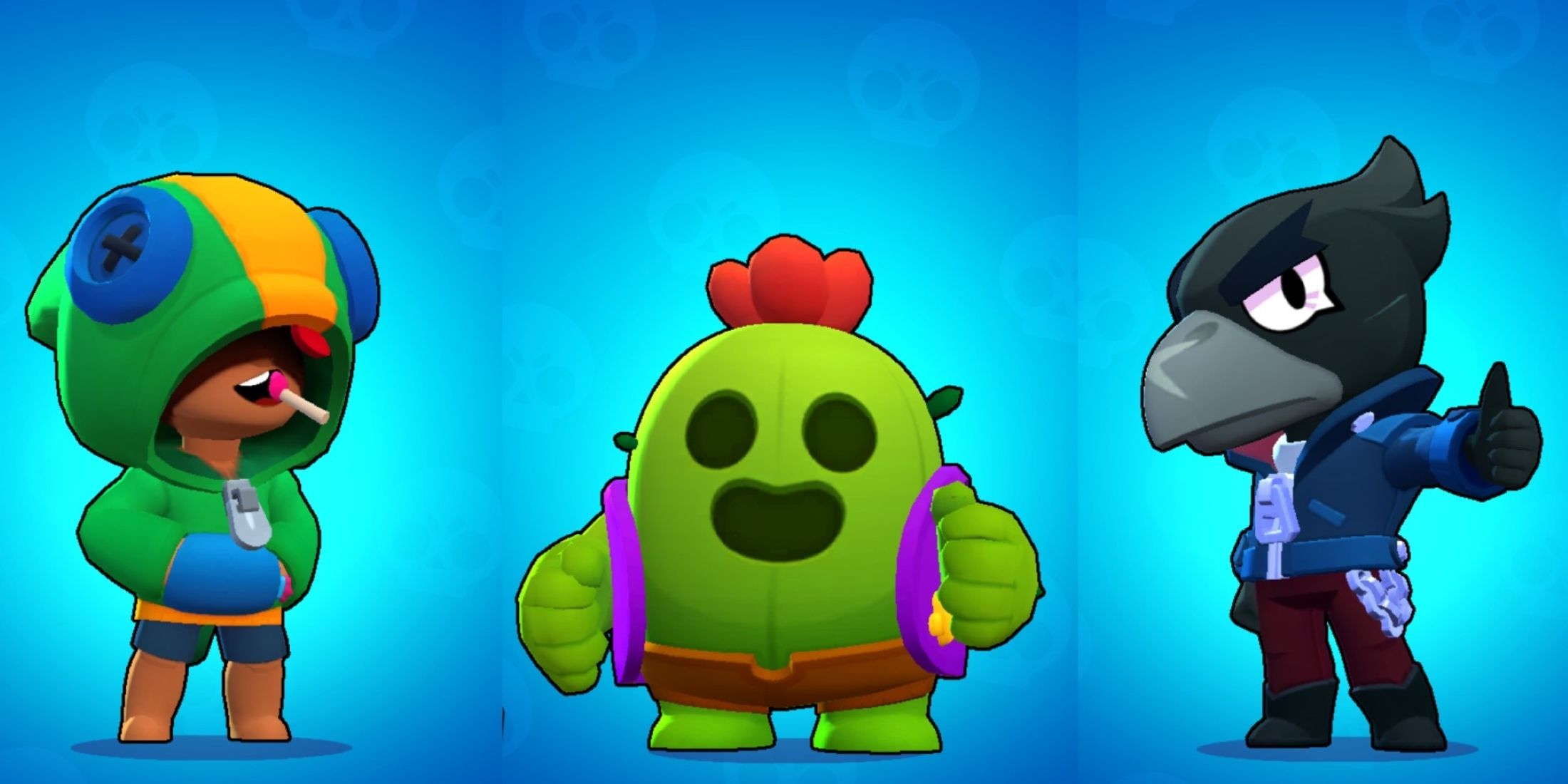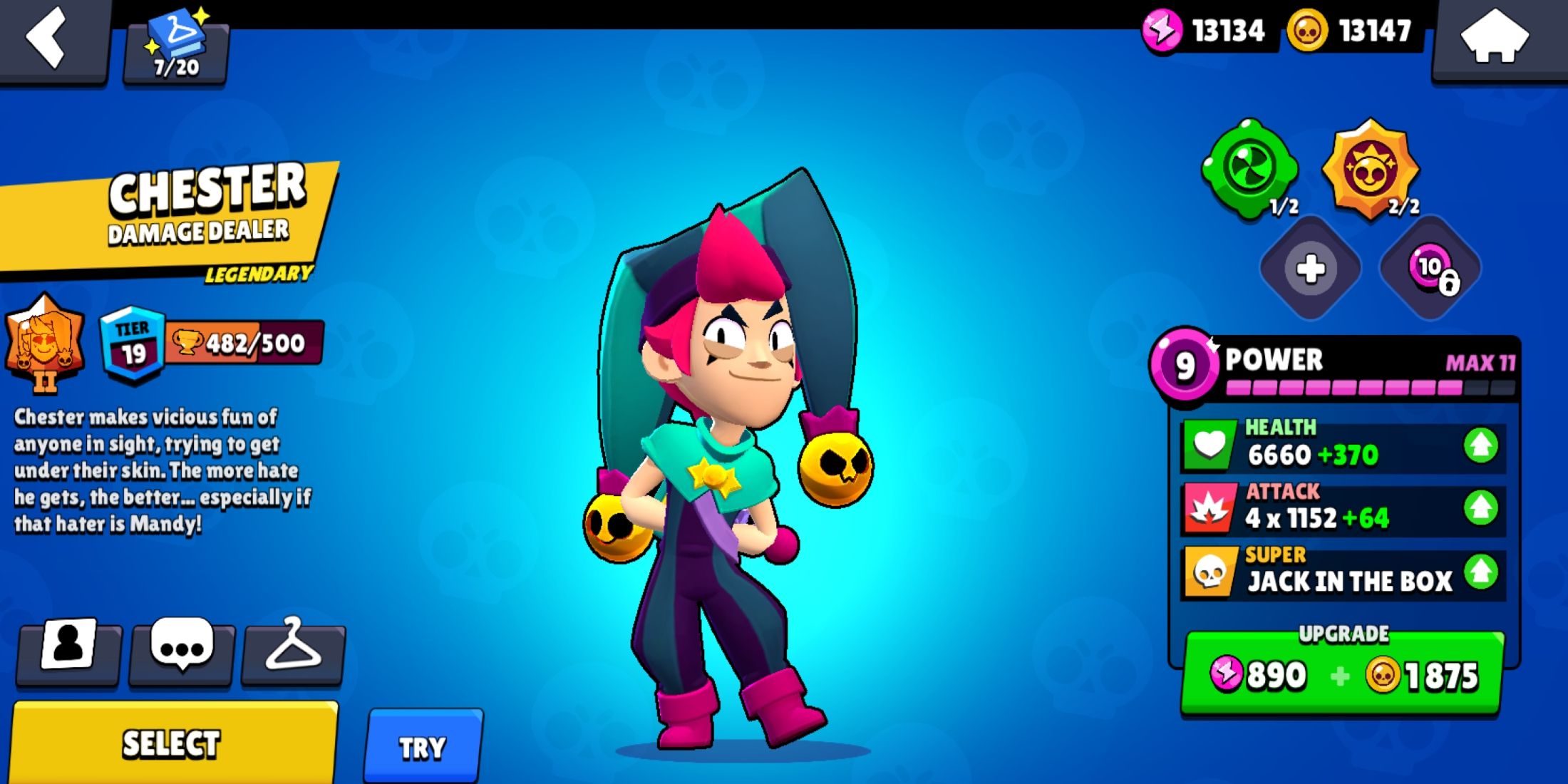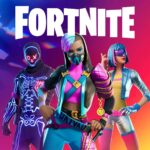Brawl Stars is a fast-paced and engaging multiplayer online battle game developed by Supercell, where players can battle in different game modes using a wide variety of "Brawlers" – unique characters, each with distinct abilities. Despite its fun and addictive nature, the game has encountered growing concerns among players regarding its matchmaking system. Players have voiced frustrations over uneven teams, unbalanced competition, and the inability to rank up fairly, even with significant skill improvement. In this article, we will take an in-depth look at these issues and analyze how the matchmaking system in Brawl Stars affects both the player experience and the overall enjoyment of the game.

The Basics of Brawl Stars Matchmaking
Before we dive into the core issues, it is essential to understand how Brawl Stars’ matchmaking system works. The game uses a combination of factors to match players against one another, which include player trophies, brawler levels, and sometimes their win/loss history.
Player Trophies
At the heart of the matchmaking system are trophies. Players earn trophies by winning battles in different game modes, and these trophies determine the skill level of each player. Typically, the higher the trophy count, the higher the skill level and experience of the player. When a player reaches a certain threshold, they are matched against opponents within a similar trophy range to ensure fair gameplay.

Brawler Levels
In addition to player trophies, Brawler levels also play a role in matchmaking. Each Brawler has its own power level, which is a combination of the Brawler's rank, gear, and level. This metric directly influences how well a Brawler can perform in a game, and consequently, impacts the matchmaking process. The system attempts to match players with similar Brawler power levels to ensure that no player has a significant advantage in terms of character strength.
The Issue of Unbalanced Matches
One of the most significant issues reported by the Brawl Stars community is the perception of unbalanced matches, especially as players reach higher trophies and engage in more competitive play. Many players feel that matchmaking does not always ensure fair teams, leading to frustrating losses and a negative experience.

Skewed Team Compositions
Many players have pointed out that the game sometimes matches players with significantly different power levels within a team. For example, one team might have a high-power Brawler, while the other team has players with much lower power levels. This imbalance can result in frustrating losses even if individual players are skilled.
Example:
- Team A: Player 1 with a Power Level 9 Brawler, Player 2 with a Power Level 7 Brawler, Player 3 with a Power Level 10 Brawler.
- Team B: Player 1 with a Power Level 4 Brawler, Player 2 with a Power Level 5 Brawler, Player 3 with a Power Level 6 Brawler.
In such situations, Team A is highly likely to win due to the advantage in Brawler power, even if the skill levels of the players are relatively equal. This kind of matchmaking leads to unfair advantages that diminish the enjoyment of the game for lower-leveled players.
Unfair Opponents in Ranked Matches
In ranked modes, players expect a fair match based on skill and trophies. However, many report facing opponents who are far stronger or weaker than they are. Sometimes, players with high trophy counts end up in matches with newcomers, leading to one-sided battles. On the flip side, experienced players may find themselves matched with players who are far below their skill level, reducing the challenge and reward of a ranked battle.
The Influence of Power Creep
Power creep refers to the gradual increase in the strength of characters or items over time. In Brawl Stars, this is evident as newer Brawlers are released with stronger abilities or higher stats, causing older Brawlers to fall behind. Power creep has a significant effect on the matchmaking system and can lead to even more imbalanced games.
Brawler Power Creep
When new Brawlers are introduced with stronger abilities or higher base stats, older Brawlers that were once strong may now be significantly weaker by comparison. As a result, players who rely on these older Brawlers find it more difficult to succeed in battles. The introduction of new Brawlers can distort the matchmaking system, as players using new characters may face those using older ones, creating a mismatch.
The Role of Power Level Gaps
In conjunction with new Brawler releases, the power level gaps between characters can exacerbate existing problems in matchmaking. Even if both players have the same trophy count, if one player has a Brawler with a much higher power level, it gives them a distinct advantage. This exacerbates the feeling of unfairness, particularly in higher trophy brackets where skill is typically the deciding factor in matches.
The Impact of Trophy Dropping
Trophy dropping has become a widely discussed issue within the Brawl Stars community. This is the practice where players intentionally lose matches to drop trophies and enter lower trophy brackets, where the competition is easier. This practice creates imbalanced matches, as players are sometimes paired with those who are purposefully underperforming to manipulate the system.
Why Trophy Dropping Happens
The main motivation for trophy dropping is to secure easier matches for progressing more quickly. In higher trophy ranges, the difficulty increases significantly, and players may feel stuck in a competitive loop. By intentionally lowering their trophy count, players can re-enter lower levels where the competition is less challenging, and they can earn rewards with less effort.
The Consequences for Matchmaking
Trophy dropping creates multiple issues for the matchmaking system. Players who are not truly at a lower skill level are matched against inexperienced players, which leads to unfair gameplay for both parties. Trophy droppers often encounter weaker players who have not yet developed the skills to compete effectively, resulting in one-sided matches. As a result, players who do not engage in trophy dropping are left with skewed matchmaking, feeling as though they are constantly placed in situations where the odds are not in their favor.
The Disconnect Between Player Skill and Matchmaking
While trophies and Brawler power levels are factors in matchmaking, they do not fully account for the skill level of individual players. Skill is a more intangible measure that can fluctuate depending on the player's understanding of the game mechanics, strategy, and teamwork. This discrepancy between skill and matchmaking is often overlooked.
Why Skill-Based Matchmaking Is Hard to Implement
Introducing a system that accurately matches players based on their skill, rather than just trophies and power levels, presents significant challenges. The game is designed for quick, fast-paced battles where teamwork is essential, and the skill of individual players can often vary depending on the game mode. Implementing skill-based matchmaking (SBMM) could result in longer wait times for matches or even create situations where players are constantly matched with those of equal skill but similar trophy counts.
Is There a Better Solution?
One possible solution to bridge the gap between player skill and matchmaking is to introduce a skill rating or "Elo" system. This would be based on players’ performance in matches rather than just their raw trophy count or Brawler levels. However, this introduces the issue of creating a more complex system that may not be ideal for every player.
How Matchmaking Affects Player Progression
Player progression in Brawl Stars is directly tied to the results of the matches. Players earn trophies, rewards, and experience based on their performance in competitive games. A flawed matchmaking system, therefore, negatively impacts their ability to progress in a fair manner.
Frustration and Burnout
The frustration of losing multiple matches due to unfair matchmaking can result in burnout, particularly for players who have invested significant time and effort into the game. Losing streaks can discourage players from continuing to play, leading to a decline in active players and a negative impact on the game's community.
Impact on New Players
For new players, the matchmaking system can be discouraging. They may be matched with seasoned veterans who have higher skill levels, better Brawlers, and more experience with game mechanics. This imbalance can create a steep learning curve, making it difficult for new players to enjoy the game and progress at a steady pace.
Efforts by Supercell to Address Matchmaking Issues
Supercell has been aware of these concerns for quite some time and has made efforts to improve matchmaking. While changes have been made to improve the overall experience, the question remains: have these changes been enough?
Matchmaking Adjustments and Updates
Supercell has implemented several matchmaking improvements over time, including adjustments to trophy ranges, Brawler power levels, and even changes to specific game modes. These changes are typically aimed at reducing the impact of trophy dropping, making matches more balanced, and increasing player satisfaction.
Community Feedback and the Future of Matchmaking
The future of Brawl Stars' matchmaking system is largely dependent on community feedback. Supercell has always prioritized the player base and actively listens to their concerns. The introduction of more advanced matchmaking algorithms or the possibility of skill-based matchmaking could be part of future updates.
Conclusion
The matchmaking system in Brawl Stars is a key factor that determines player satisfaction and the overall experience of the game. While the game remains incredibly popular, the issues surrounding unbalanced matches, trophy dropping, and the disparity between player skill and matchmaking are still prevalent. Despite efforts by Supercell to address these concerns, the community continues to voice dissatisfaction with the current system. Moving forward, it will be crucial for Supercell to refine and improve the matchmaking process in order to maintain the game's competitive integrity and player engagement.
Summary: Brawl Stars' matchmaking system struggles with unbalanced teams, trophy dropping, and power creep, leading to frustration among players, despite ongoing updates.





















